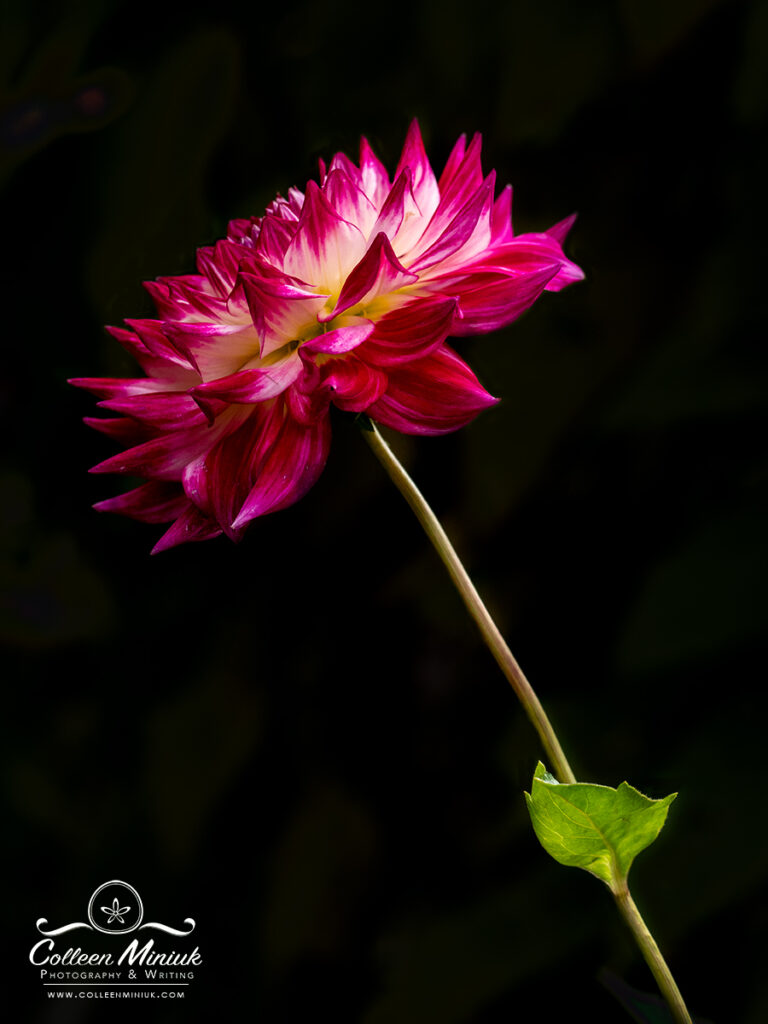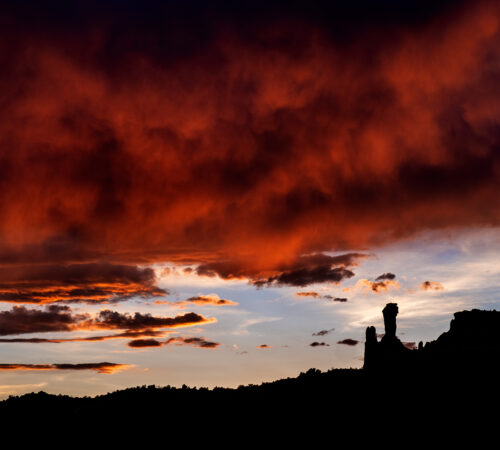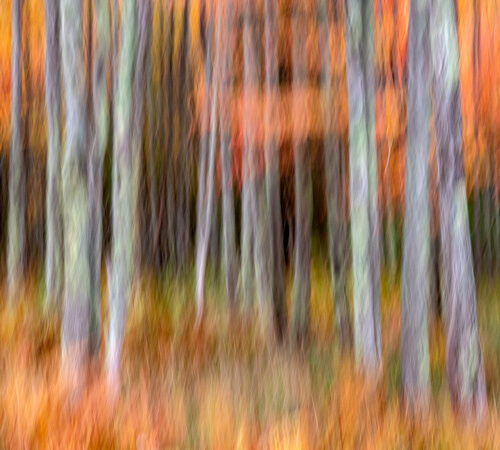Learning More, but Getting Worse?
Dear Bubbles:
Why is it the more I learn the worse my photos get?
~Laurie
Dear Laurie:
First, thank you for having the courage to share your struggles.
Second, I’ve been there before! I know how just how frustrating it can be to put time and effort into learning new things and not see a positive impact on your work. Back in 2013, I felt stuck and uninspired with my landscape photography. As I researched “how to get new creative ideas,” I started testing new techniques in the field (e.g. only photograph when I fell in love with a subject or scene). And oh my, I made HORRIBLE images. For months and months (and if we’re being honest, I still make really bad images…). But I didn’t give up on myself! I learned from every frame, and over time, my creative work improved.
So deep breath. You are not alone. This is a natural—and I’d argue, a critical—part of the learning process. When we learn new things, we can’t expect to be great at them without a substantial amount of practice. Malcolm Gladwell and other experts have suggested about 10,000 hours of repetition before we achieve mastery–while the exact number is debated, you get the point. It’s gonna take more than attempting something one time before it becomes a part of your muscle memory. As you test things, push yourself beyond your previous limits, things aren’t always going to work out like you expected right away. In fairness, sometimes they work out better…
We must also figure out how this new knowledge fits into what we already know. Some of our new thoughts may challenge or contradict our existing understanding of photography and life. They may require we change our behavior or approach to certain scenarios. For example, if you learn that side or back light can help create shape in a photograph and you’ve never paid attention to it before, you’ll have to learn how to predict light (e.g. using The Photographer’s Ephemeris), read the topography, know how a location works with the sun or moon, etc. We’re often not learning one new thing at a time, but rather a string of connected concepts…which makes learning complicated!
To get through this phase–and I believe it is only a phase:
1. Give yourself permission suck. If you have trouble doing this, you have my permission to suck. It’s ok to suck especially when you’re learning. (If you’re a recovering perfectionist like me, challenge yourself to be the very best at sucking. You’ll find it’s hard to do!) Remember, you’re making photography for YOU. You are the only one you have to answer to. Not me, not your friends, not Facebook, not the world. Give yourself the time and space to facilitate your growth. It may take a lot of time and a lot of effort, but trust me, the journey is worth it.
2. Celebrate what IS working, even if you have to dig for it. Congratulate yourself for having the courage to try. That’s huge! Congratulate yourself for coming this far in your photo journey! Remember where you started. Ignore any voices in your head suggesting otherwise. Don’t be too hard on yourself. I’m guessing you aren’t doing nearly as badly as it seems…we are often our own worst critic. I know you’re doing the best you can, and if you could do better, I know you would.
3. Keep practicing with intent. After you make a photograph, don’t judge it as bad or good. Simply ask yourself what worked/what you like about the image and what didn’t work/what you don’t like after each repetition. Keep what worked and what you liked. Toss out what didn’t work and you didn’t like. Make another frame. Repeat.
4. Ask yourself if you’re having fun. The process of photo, of life too, should be meaningful no matter the results. If it’s fun, keep doing it. If it’s not, stop and find something else fun to do…by becoming a more interesting person, even if it means you take a short (or long) break from photography, you’ll be feeding step 1 of the creative process, “Preparation,” or what I refer to as “Build your knowledge and ideas.” This raw material in your brain will feed your photographic process down the road–your experiences will never go to waste.
If you need additional encouragement, consider this quote by Cynthia Occelli: “For a seed to achieve its greatest expression, it must come completely undone. The shell cracks, its insides come out and everything changes. To someone who doesn’t understand growth, it would look like complete destruction.”
So Laurie, crack, come undone, and watch the beautiful flower that blooms afterwards.
Be well, be wild,
~Bubbles
Have a question about photography, art, and/or life for Dear Bubbles? Send your question to colleen@colleenminiuk.com to be possibly featured in a future column post. (If you’d prefer a different display name than your real first name, please include that in your note.)





One Comment
Paul LeSage
A great start and very good advice. Much of what you said rang some old buzzers from my sales days. I recall you telling us about your shooting percentage. Baseball players make millions hitting the ball and getting on base less than 30% of the time. If 30% of my frames were keepers, I would be in photo heaven. Like you suggested, think more, plan more, walk around more, then get your tripod out and shoot less and make them count. It’s an evolution from learning to practice to finally, good execution.